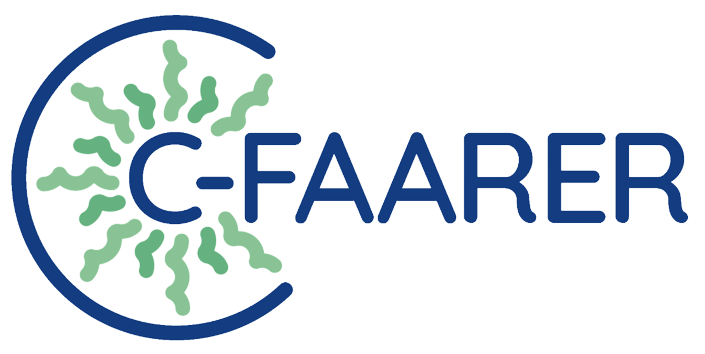Introduction of C-FAARER
Concept of regenerative ocean farming
In the context of failing conventional methods in industrialised farming, emerging regenerative farming approaches are gaining prominence. These practices, some of which draw from indigenous ecological wisdom, are being recognised as the preferable path for achieving sustainable agriculture (Costa-Pierce, 2002; Newton et al., 2020). A regenerative approach, among its diverse interpretations, focuses on restoring ecosystems, promoting biodiversity, enhancing nutrition, and even contributing to climate goals through activities like carbon sequestration (Johnson & Maher-Johnson, 2018; Mizuta, Froehlich & Wilson, 2022). Project Drawdown, a scientific initiative ranking climate solutions, identifies 'regenerative farming' as a significant strategy to address human and climate health while supporting farmers' financial well-being (Hawken, 2017).
Traditionally, land-based farming has embraced these regenerative principles, with efforts like subscription-based community-supported agriculture and community land trusts. However, the application of such concepts to ocean-based farming has received less attention. Recent innovative strides include organizations like the non-profit GreenWave in the US, which is driving the creation of regenerative ocean farms specializing in seaweed and shellfish through financing, business support, and training for small operators. The UNFAO predicts that sustainable forms of aquaculture could make up nearly 60% of global food consumption by 2030, raising questions about sustainability and the potential of a regenerative approach in this context.
The potential
The potential of regenerative ocean farming is underscored by a significant research paper by Theuerkauf et al. (2019), which leverages global-scale spatial analysis and incorporates various environmental, socioeconomic, and human health factors (Stuchtey et al., 2020; Scott, 2021). The authors recommend prioritizing the assessment of coastal habitats like oyster reefs, kelp forests, and seagrass beds, as well as improving metrics related to socioeconomic factors such as food security and logistical efficiency. These habitats are vital for providing essential ecosystem services (Higgins, Stephenson & Brown, 2011). Seaweeds, with their remarkable capacity to mitigate pollutants from aquaculture, runoff, and industrial activities, represent one of nature's potent tools for regeneration (Neveux et al., 2018).
Project objective
The C-FAARER initiative aims to shape the future of aquaculture by embracing community-driven business models that integrate regenerative polyculture practices, including the integrated multi-trophic aquaculture (IMTA) approach. Transitioning from conventional commercial farming to regenerative ocean practices poses intricate challenges. The envisioned future must convincingly advocate for adoption, backed by a thorough analysis of socioeconomic and environmental data and insights from successful community-driven models. Ocean farmers will also need guidance on developing these models collaboratively with local stakeholders, capturing the value of regenerative techniques, and justifying their investments. Furthermore, garnering support from local and national stakeholders affected by aquaculture's growth – encompassing aspects like licenses, regulations, shared geographic use, and conservation efforts – is crucial.
